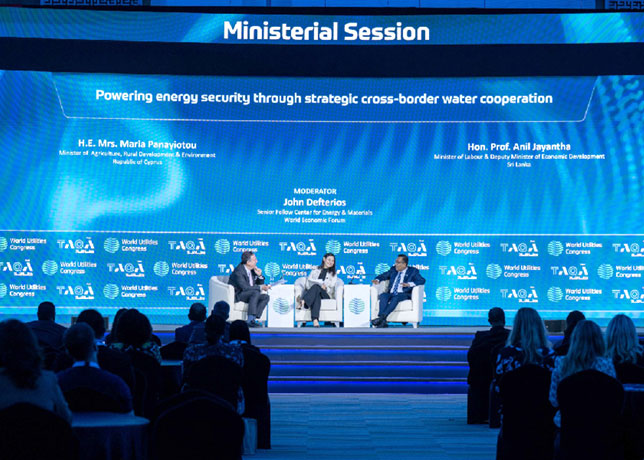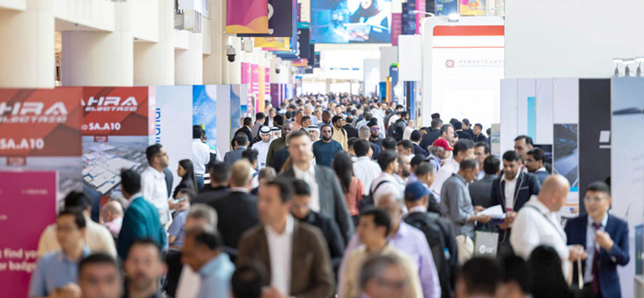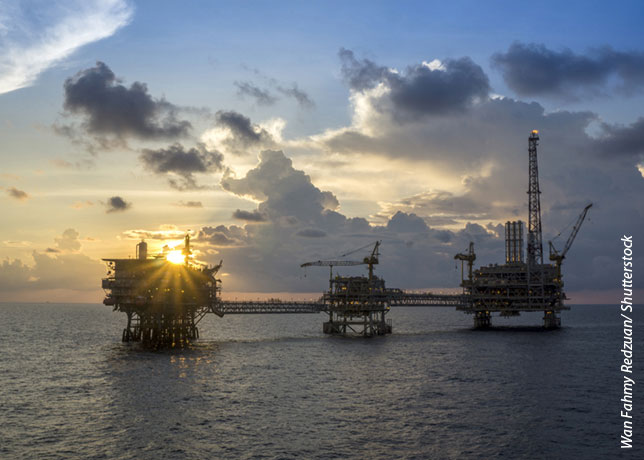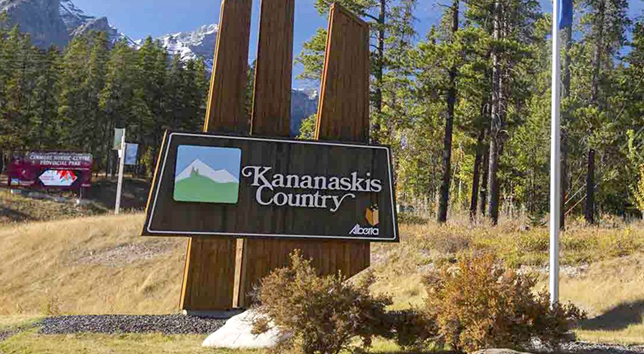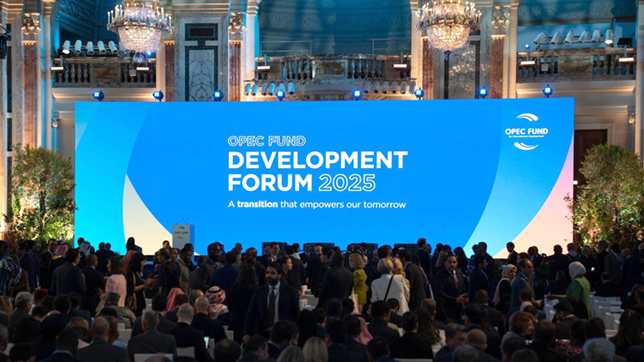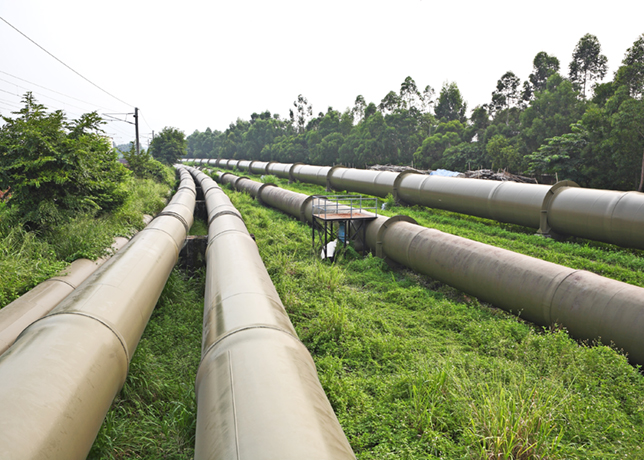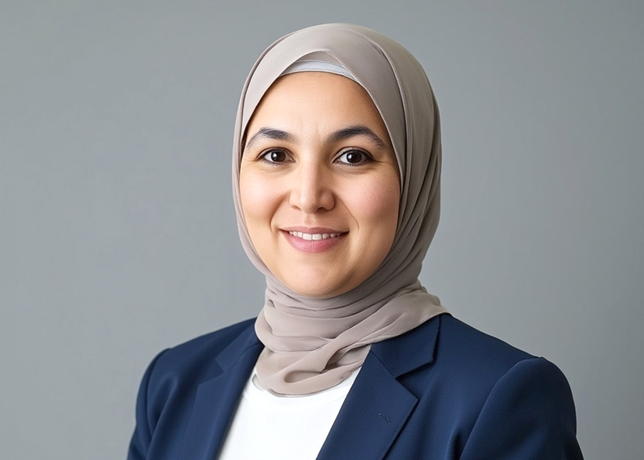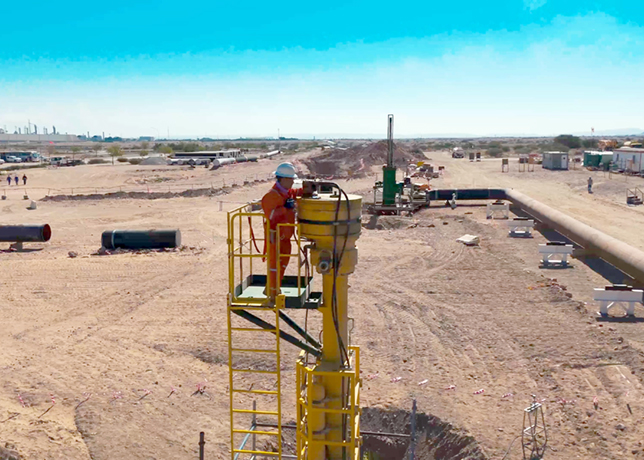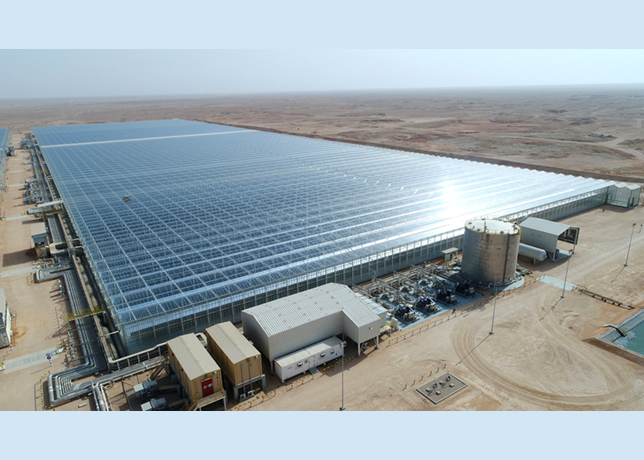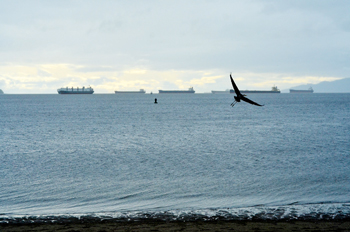
 Team work ... key to OSRL’s success
Team work ... key to OSRL’s success
In 1985, Oil Spill Response Limited (OSRL) was set up as an industry resource with just 17 employees and assets from British Petroleum’s Oil Spill Service Centre. By 1995, with 30 employees, the company established its mission and charter which still guides the way it operates today.
In 2006, OSRL merged with East Asia Response Limited (EARL) and in 2013, with Clean Caribbean and Americas (CCA) thereby creating a truly global resource. Today OSRL has almost 300 employees providing a diverse group of professionals ready to respond with world class resources anytime, anywhere.
Over these past 30 years, OSRL has been on a journey to address the changing needs of members to improve their performance in the preparedness, intervention and response to oil spills. With more than 160 members, OSRL is the largest international industry funded cooperative having acquired a wealth of experience and a distinguished track record by attending to more than 400 oil spill incidents in the past three decades.
Operating from strategic locations – in Europe, Africa, the Middle East, Asia Pacific and the Americas – enables OSRL to offer an extensive range of high quality services in proximity to its members. One of the seven response bases, OSRL Bahrain is a forward operating base designed to respond to the emergency phase for incidents within the Middle East region. It was set up in 2007 to enable faster response times and enhance stakeholder engagement activities such as training and consultancy services. Being centrally located and having excellent air, sea and road links provides assurance of response capability to members including Saudi Aramco, Bapco, Dubai Petroleum, Maersk, Qatar Petroleum , Shell, BP, Dragon Oil, Petronas, Petromasila, Mubudala, Oil Tanking, Total, ExxonMobil and KPC and subsidiaries.
“Subscribing to OSRL demonstrates an operating company’s commitment to the environment and being prepared. Currently nine OSRL staff and 12 contractor response staff are permanently located in the region enabling response to incidents in line with our mission and also enable the delivery of preparedness services such as capability reviews, contingency planning and IMO training delivery,” says Andrew Lee – Middle East regional manager.
OSRL’s growth and evolution is based on identifying additional risks in the oil and gas business and providing expert knowledge and state-of-the-art equipment to its members, working with them to help define their response plans. An important part of this is OSRL’s valuable contribution to the development of sound industry practice and emerging technical solutions.
Through the International Association of Oil & Gas Producers (IOGP) / International Petroleum Industry Environmental Conservation Association (IPIECA) Joint Industry Project (JIP), the industry has made a significant commitment to improve technical oil spill response in the 19 focus areas of the Global Industry Response Group (GIRG). OSRL has helped develop many of the communication and outreach tools aimed at enhancing and sharing good practice with stakeholders throughout the wider response community. The company plays an important role in the dissemination and adoption of key industry messages that are encapsulated within these tools. As a technical source of excellence in defined focus areas, such as surveillance, modelling and visualisation; OSRL upholds and defines high technical standards which drive good practice expectation giving its members a focal point for industry best practice. This positions OSRL to provide the most credible global Tier 3 capability for oil spill response to its members.
 |
OSRL‘s dedicated aircraft to deploy equipment anywhere in the world |
Following the Montara and Macondo well incidents, OSRL partnered with the Subsea Well Response Project (SWRP) to establish a global Subsea Well Intervention Service (SWIS) and in cooperation with the JIP has been working to further enhance its overall capabilities to respond to any oil spill scenario.
OSRL’s SWIS provides access to integrated capping, containment and dispersant injection capabilities that can be used in different offshore regions around the world, with equipment strategically located for swift deployment internationally in the event of a subsea well control incident. OSRL also has a readily accessible and easily mobilised global stockpile of dispersant with the widest worldwide approvals for industry use, whether subsea or on the marine surface.
As part of the collaboration with SWRP, a set of well containment guidelines has been developed and is available to all SWIS members. The containment guidelines include advice on the advance contingency preparations that should be in place before well operations commence, equipment specifications, how to deploy the toolkit equipment alongside standard industry vessels and hardware and information about operating a containment system and its role in a wider response scenario.
To supplement these well capping and containment capabilities, SWRP is currently developing and testing offset installation equipment for use in the event of a subsea well incident where vertical well access by vessel is not possible. It is designed to enable tasks such as removing debris or installing capping, containment or related equipment at a safe offset distance from an incident site. The equipment is expected to be delivered in mid-2016 and will be made available to OSRL members through SWIS.
Aviation services are also key element of this evolution. OSRL has dedicated aircraft strategically placed to deploy equipment rapidly anywhere in the world, and to provide aerial dispersant and surveillance operations. The high volume dispersant delivery systems installed on these aircraft ensure fast long range dispersant response for the largest off-shore spills while our smaller aircraft in West Africa and North Sea can be deployed to assess any situation quickly, and to initiate dispersant operations when necessary.
“Oil spill risks can occur in all stages of the oil supply chain, ranging from upstream activities such as exploration and production to downstream activities such as distribution and shipping. Every business is different. Variations in regulation, environment, oil type, operating conditions and even culture mean that each of our customers faces unique issues. Being prepared means being ready to implement an effective response at any time.
Preserving this level of preparedness requires regular verification that the capability is commensurate with the risk, continual maintenance of systems, people, documentation and resources and ongoing testing to ensure the required level of response can be achieved,” Lee elaborates.
“The Middle East is the largest hydrocarbon activity region in the world and has one of the highest risk profiles due to a significant number of offshore installations and a high level of shipping activity in the Gulf. The OSRL Bahrain Response Base enables the development of specific local knowledge and associated skill sets, assuring Middle East members that if an incident arises OSRL are ready to respond,” he adds.
One of the new outreach tools that OSRL has helped to develop is the new guidance on Tiered Preparedness and Response (TPR). This builds on the well-established three-tiered model for response but recognises that modern logistics capabilities and new communication tools have improved industry’s ability to cascade response resources to an incident location. Response capability, which by implication is not only hardware but also includes responders and supporting infrastructure, is now considered as 15 discrete elements of capability. Each of these elements is considered separately for every planning scenario. Each element is further subdivided to illustrate how that specific capability will be provided across all three tiers. This new TPR model offers planners a holistic visualisation of tiered response provision. OSRL has the in- house capabilities to assist members to review their own contingency plans.
OSRL also offers an end-to-end oil spill preparedness and response service that provides an integrated solution to industry’s oil spill preparedness and response needs. Close engagement with members, regulators and other stakeholders enables OSRL to provide customised, targeted and cost effective solutions. The extensive range of preparedness services includes contingency planning, equipment provision, personnel secondment, training and exercises and capability reviews. All technical personnel are thoroughly trained and participate regularly in exercises internally and with members. This ensures OSRL competence is rigorously tested, credible response capabilities are maintained and relationships built that can enhance a real response.
As the industry develops, OSRL’s capability evolves in response to complex incidents in ever more challenging environments. It is an integral technical partner in the Global Initiative (GI) Project: a programme representing the governments of maritime nations, and IPIECA, which represents a wide environmentally focused consensus group of International Oil Companies (IOCs).










